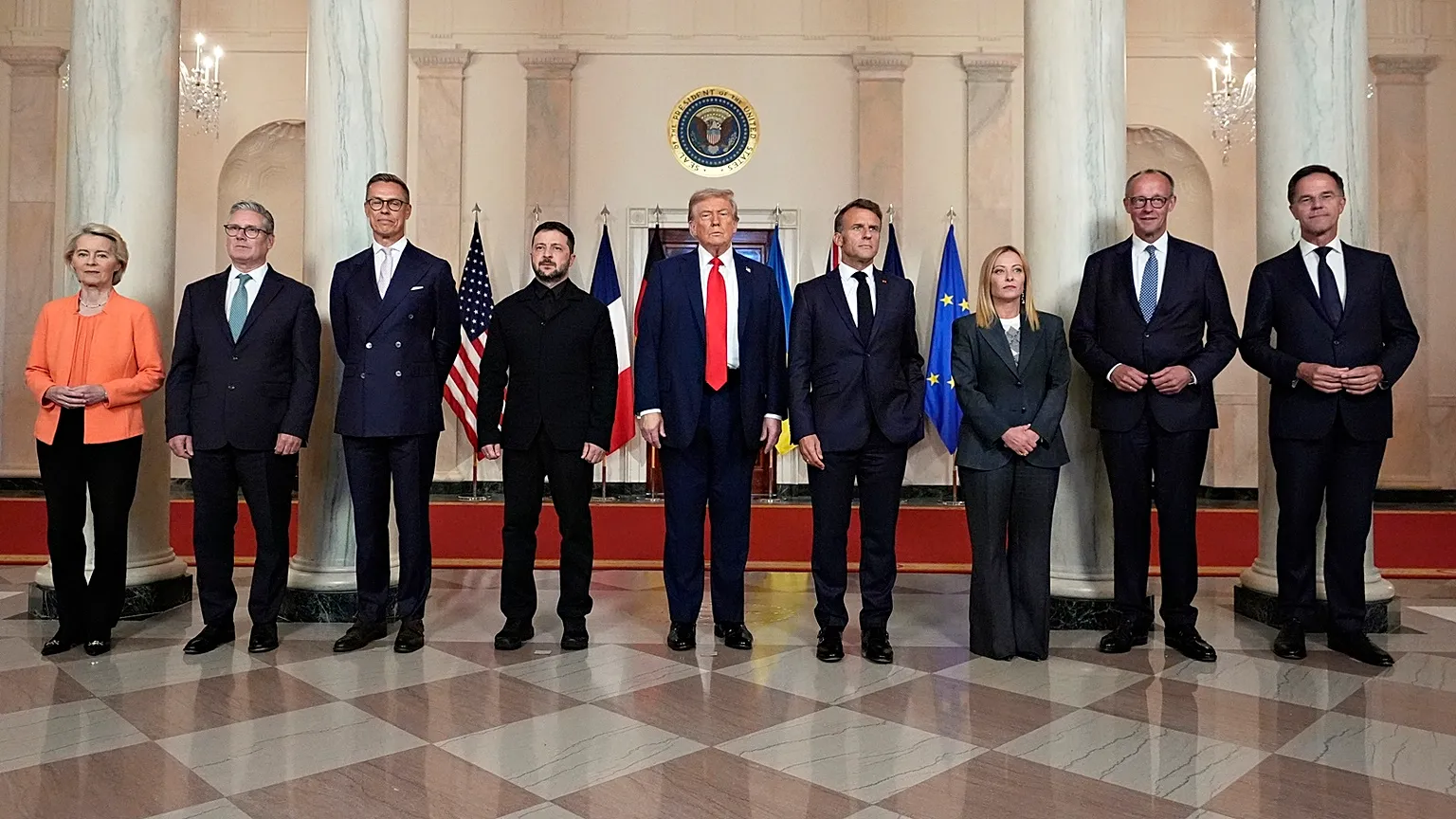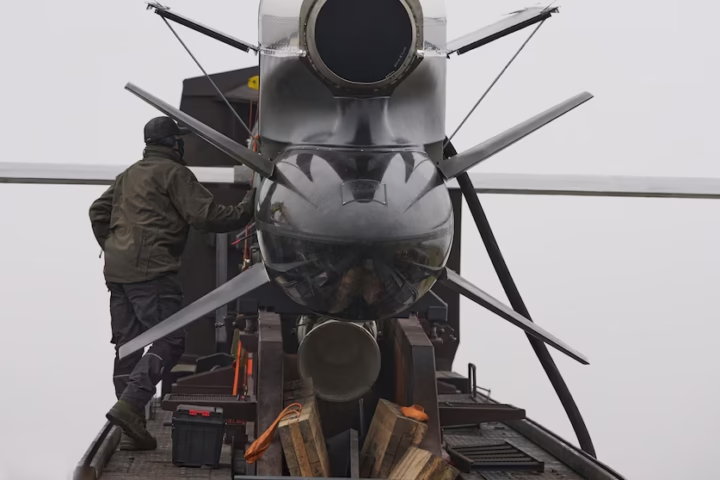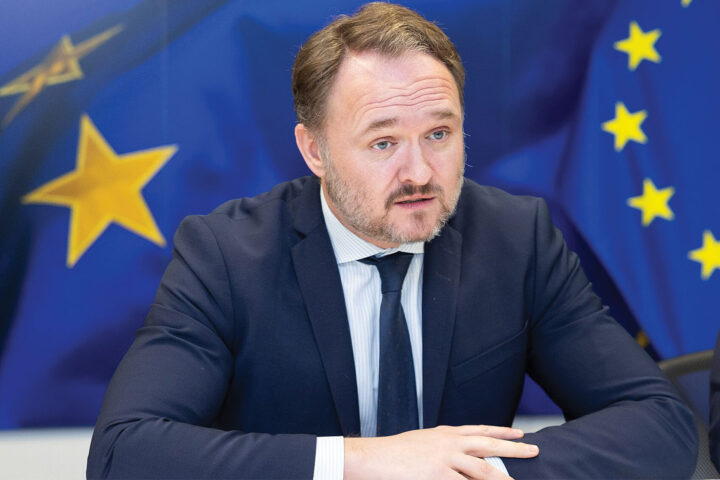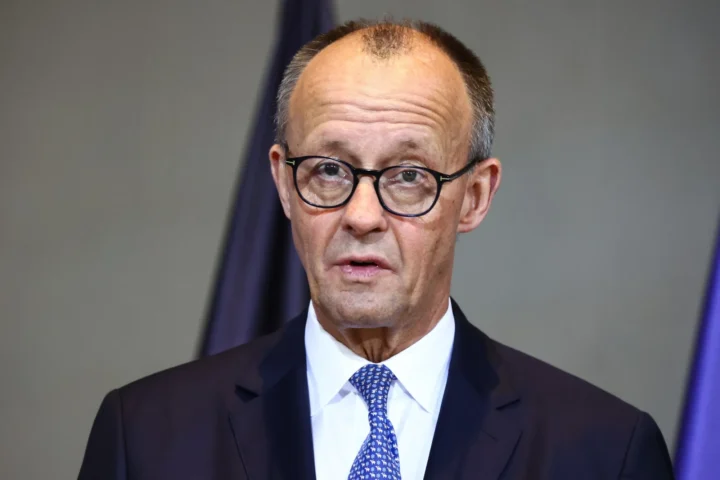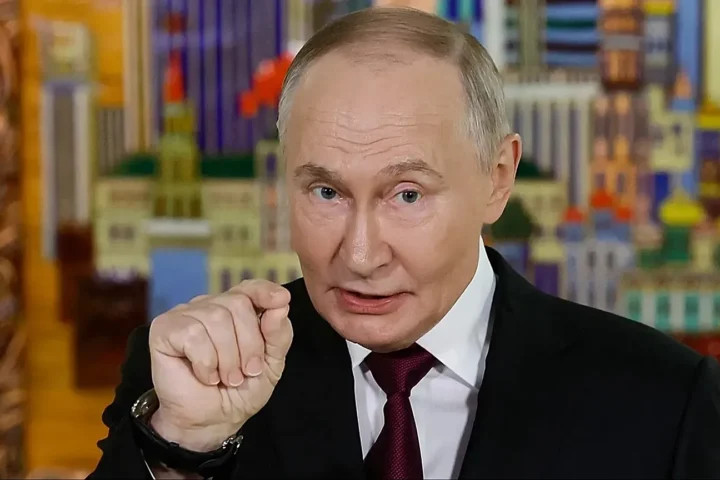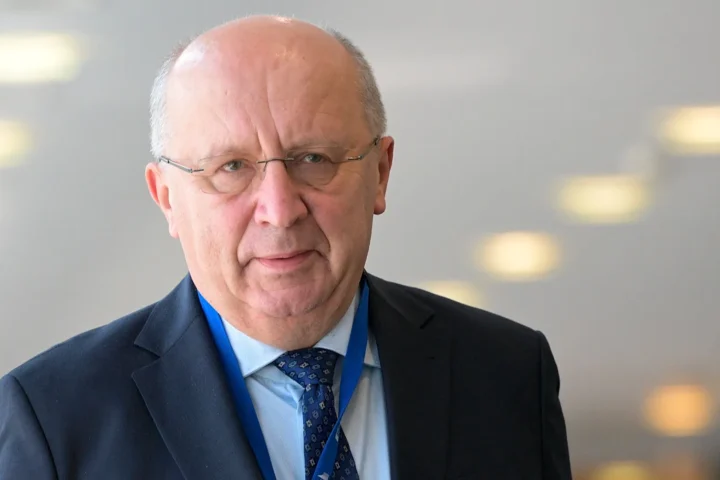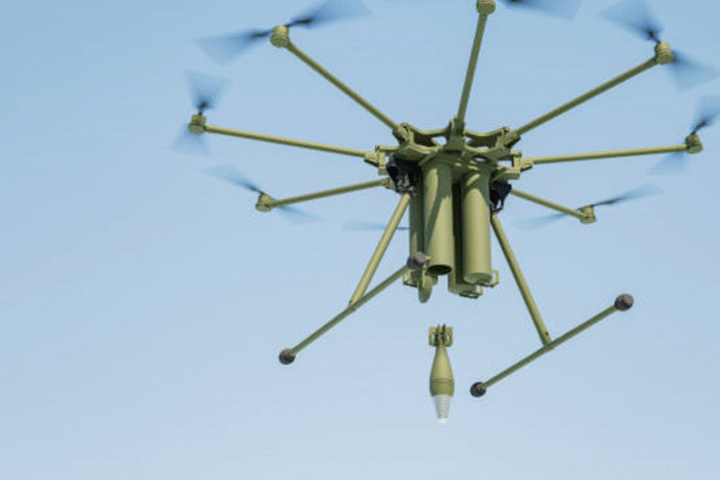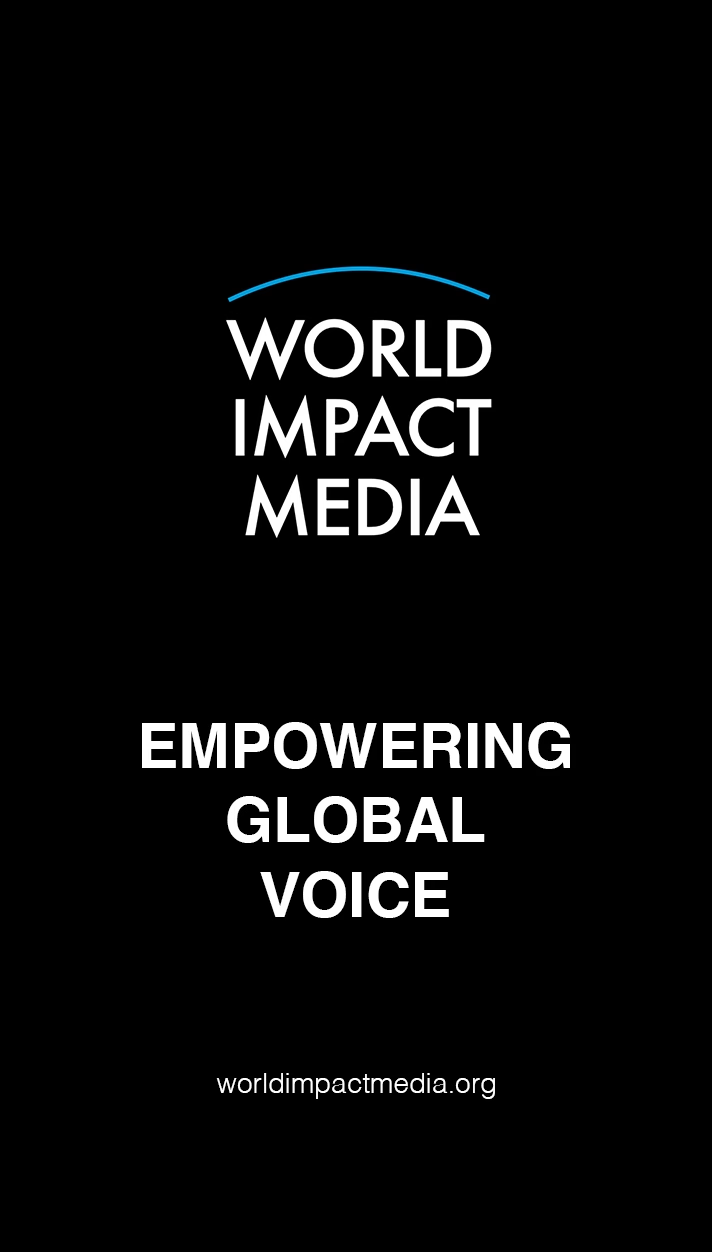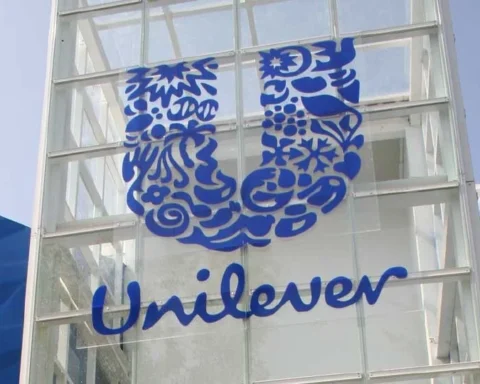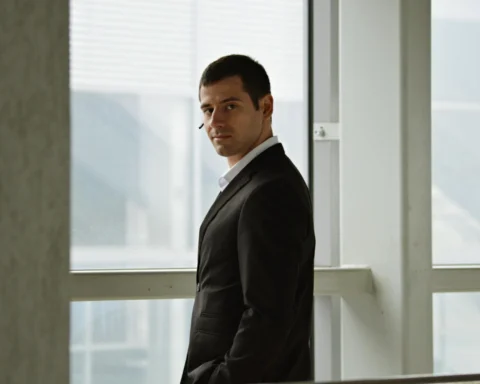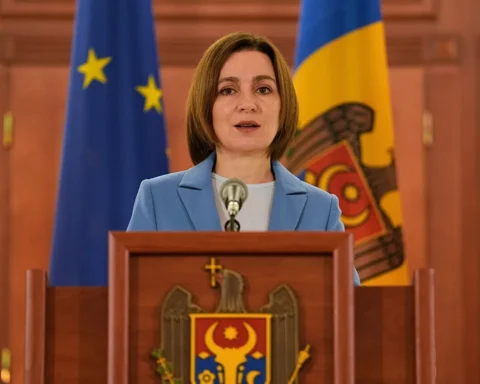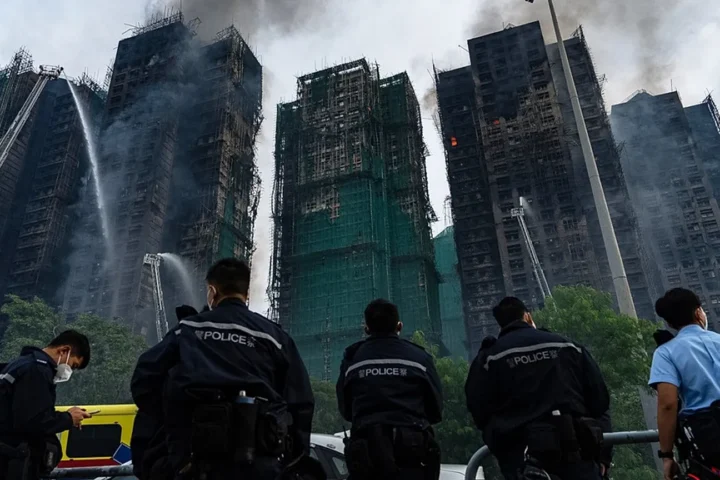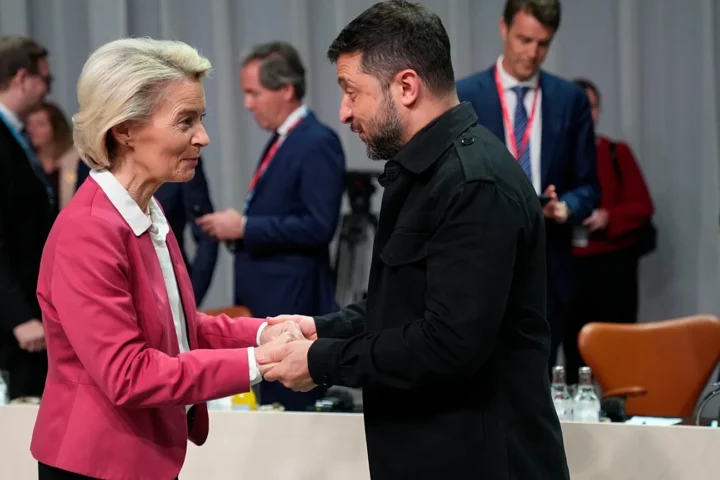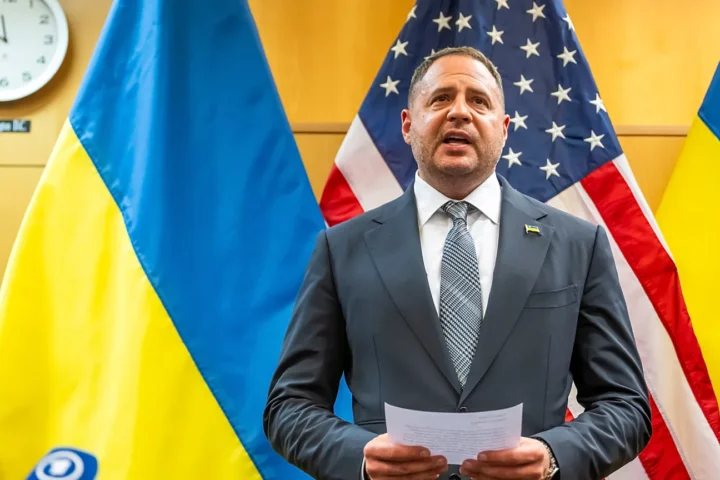In a significant shift in Western strategy on the Ukraine war, a growing number of European governments have signaled support for a ceasefire proposal that would freeze the conflict along current front-line positions—a move that implicitly accepts Russia’s continued occupation of large parts of eastern and southern Ukraine. The proposal, discussed privately among European Union diplomats and publicly hinted at in recent statements by several European leaders, represents a growing divide between Europe’s desire for stability and Ukraine’s insistence on full territorial liberation.
A Turning Point in Europe’s War Position
For over two years, Europe has stood firmly behind Ukraine’s war effort, maintaining that any peace deal must restore Ukraine’s sovereignty and internationally recognized borders. However, prolonged fighting, declining weapons supplies, and war fatigue among European voters are pushing policymakers to consider pragmatic alternatives to an outright Ukrainian military victory.
In recent weeks, European officials from Austria, Hungary, Slovakia, and Italy have indicated support for “a realistic ceasefire based on current military control lines.” Germany and France have reportedly expressed quiet interest in exploring such a framework—though publicly they still stress support for Kyiv.
European Council advisors suggest the ceasefire plan encompasses:
- Immediate cessation of hostilities along current lines of control
- International monitoring of the ceasefire, possibly under OSCE or UN oversight
- Limits on offensive troop movements
- Negotiations to follow only after hostilities stop
This would effectively formalize a Korean War-style armistice—not a peace treaty, but a frozen conflict.
Kyiv Rejects “Territorial Surrender Through Another Name”
Ukrainian President Volodymyr Zelenskyy has categorically rejected any ceasefire that would freeze the war while Russian troops remain on Ukrainian land. Ukrainian officials warn that such a deal would:
- Allow Russia to regroup and prepare for another offensive
- Reward Moscow through de facto annexation
- Undermine international law
- Demoralize Ukrainian society and force civilian evacuations along a militarized front
“These proposals are not peace—they are capitulation step by step,” said one Ukrainian negotiator behind closed doors.
Why Europe Is Losing Patience
Several factors are driving this policy shift:
| Challenge | Impact on Europe |
|---|---|
| Economic strain from the war | Energy prices, inflation, budget fatigue |
| Backlogged weapons supplies | Too slow to change battlefield momentum |
| U.S. election uncertainty | Trump may cut support in 2025 |
| Migration pressures | Eastern Europe urging stability |
| Voter fatigue | Rising support for anti-war politicians |
As the risk of a long war grows, European leaders fear a stalemate that drains resources and fractures unity. According to recent polling in Germany, France, and Italy, a majority of respondents now favor pursuing negotiationswith Russia.
Moscow Seizes Opportunity
The Kremlin has cautiously welcomed European chatter about a ceasefire but insists that Kyiv must accept “new geopolitical realities”—referring to Russian control over Donetsk, Luhansk, Zaporizhzhia, and Kherson. Moscow continues to argue it is open to peace talks but only after Ukraine withdraws forces from areas claimed by Russia—terms Kyiv calls unacceptable.
Russian analysts believe a ceasefire now would cement Russia’s territorial gains and validate its strategy of exhausting Western unity.
A Divided West
The United States remains officially opposed to a ceasefire on Russia’s terms, warning that any freeze in fighting would benefit Moscow. NATO Secretary-General Jens Stoltenberg reiterated that “lasting peace cannot mean freezing the conflict in place.”
But privately, Western diplomats concede that Ukraine cannot retake Crimea or Donbas in the near term, and without long-term military guarantees from the U.S. or Europe, Ukraine’s leverage is weakening.
Even within the EU, Poland and the Baltic states fiercely oppose any ceasefire deal, fearing it could embolden Russia to push further west in the future.
Could This Be the Beginning of Peace—or Just a Pause Before the Next War?
Analysts warn that while the ceasefire proposal may appear pragmatic, it carries enormous risks:
- Creates a new iron curtain-like divide in Europe
- Leaves millions of Ukrainians under military occupation
- Freezes NATO-Russia confrontation instead of resolving it
- Rewards force over diplomacy, setting a dangerous precedent globally
Supporters of the proposal argue that:
- It saves lives by halting constant shelling and civilian casualties
- Prevents complete Ukrainian economic collapse
- Allows reconstruction to begin in safe areas
- Gives Europe time to build up defense industries and long-term aid
Conclusion: A Peace Shift or Strategic Surrender?
Europe’s growing support for a ceasefire along current contact lines represents the first major recalibration of Western strategy since the war began. While it does not yet represent a formal policy shift inside NATO or the EU, it signals mounting pressure to find a scalable exit strategy, especially ahead of U.S. political uncertainty.
For Kyiv, the proposal tests the limits of diplomacy and national resilience. For Moscow, it could secure a strategic victory without further offensive risk. For Europe, the choice is now between conflict without end—or peace without victory.
